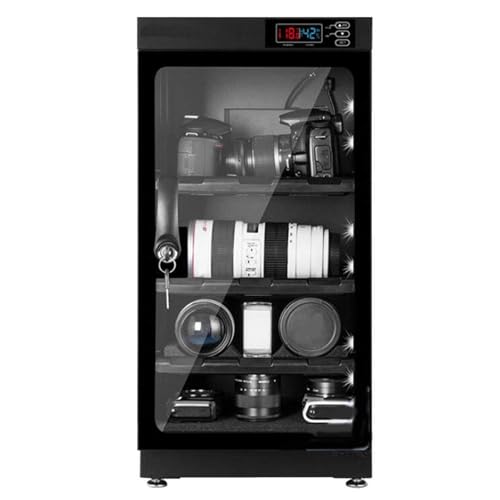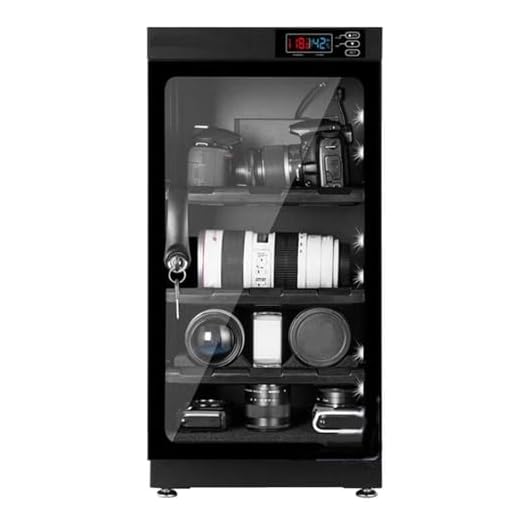


When the first digital camera was introduced to the world, it revolutionized the way we capture and store images. However, this groundbreaking technology also came with its fair share of challenges.
One of the major problems with the first digital camera was its limited resolution. Compared to traditional film cameras, early digital cameras produced images with lower resolution, resulting in pixelated and grainy photos.
Additionally, the storage capacity of the first digital cameras was quite limited. Users had to constantly transfer images from the camera to a computer or external storage device, which was a cumbersome and time-consuming process.
Despite these challenges, the first digital camera paved the way for the development of the high-resolution, compact cameras we use today, demonstrating the potential of digital imaging technology.
Issues with Early Digital Cameras
Early digital cameras faced several major problems that hindered their widespread adoption and functionality. Some of the key issues included:
- Limited resolution: Early digital cameras had low resolution sensors, resulting in poor image quality compared to traditional film cameras.
- Slow performance: The processing power of early digital cameras was limited, leading to slow operation and long delays between shots.
- Poor battery life: Battery technology at the time was not advanced enough to provide long-lasting power for digital cameras, limiting their usability.
- High cost: Early digital cameras were expensive to manufacture and purchase, making them inaccessible to many consumers.
- Lack of storage: Storage capacity in early digital cameras was limited, requiring users to constantly offload images to free up space.
These issues contributed to the initial challenges faced by the first digital cameras and paved the way for advancements in technology to address these shortcomings.
Lack of Image Quality
One major problem with the first digital cameras was the lack of image quality compared to traditional film cameras. The early digital cameras had lower resolution sensors, resulting in images that were often pixelated or blurry. This limited the ability to enlarge or print photos without losing significant quality.
Additionally, the color accuracy of early digital cameras was not as precise as film cameras, leading to images with unnatural or washed-out colors. The limitations of the digital technology at the time made it challenging to capture detailed and vibrant images that could rival those produced by film.
Overall, the lack of image quality was a significant drawback of the first digital cameras, hindering their widespread adoption until advancements in sensor technology and image processing improved the overall image quality of digital photography.
Slow Processing Speed
One major problem with the first digital cameras was their slow processing speed. Unlike traditional film cameras that produced instant results, early digital cameras took time to process and store images. The internal processors were not as advanced as they are today, leading to delays between taking a photo and being able to view or save it. This slow processing speed often frustrated users and limited the practicality of digital photography in certain situations.
High Cost
One of the major problems with the first digital cameras was their high cost. When digital cameras were first introduced, they were significantly more expensive than traditional film cameras. This high cost made them inaccessible to many consumers, limiting their adoption and popularity.
Manufacturing digital cameras required new technology and expensive components, driving up the production costs. Additionally, the initial demand for digital cameras was relatively low, further contributing to their high price point.
Low Storage Capacity
One major problem with the first digital cameras was their low storage capacity. Early digital cameras had very limited internal memory or used expensive and bulky external storage devices like floppy disks or CD-ROMs. This meant that users could only store a small number of photos before needing to offload them onto a computer or other storage medium.
This restriction made it challenging to use digital cameras for extended periods without frequent interruptions to clear storage space. Additionally, the image quality and resolution of early digital cameras were lower compared to film cameras, further limiting the number of photos that could be stored on the available storage capacity.
Short Battery Life
The first digital cameras had a major problem with short battery life. Due to the power-hungry nature of the early digital camera components, batteries would drain quickly, often lasting for only a few hours of continuous use. This limitation made it challenging for users to rely on digital cameras for extended periods without having to constantly recharge or replace batteries.
Complex User Interface
One major problem with the first digital cameras was their complex user interface. These early digital cameras often had confusing menus and buttons that made it difficult for users to navigate and adjust settings. Unlike traditional film cameras, which were relatively straightforward to use, the first digital cameras required a learning curve to fully understand how to operate them. This complexity could deter users from fully embracing digital photography and hinder the widespread adoption of digital cameras.
Limited Connectivity Options
One major problem with the first digital camera was the limited connectivity options. Unlike modern digital cameras that offer various ways to transfer and share photos, the early digital cameras had very limited options. They often required a physical connection to a computer via a cable to transfer photos, which was cumbersome and inconvenient. Additionally, sharing photos online was not as easy as it is today, as social media platforms were not as prevalent back then. This lack of connectivity options made it challenging for users to easily access and share their digital photos.
FAQ
What was a major problem with the first digital camera?
A major problem with the first digital camera was its low resolution. Early digital cameras had very limited resolution, resulting in poor image quality compared to traditional film cameras.
How did the low resolution of the first digital camera affect image quality?
The low resolution of the first digital camera resulted in images that were pixelated and lacked detail. This made the pictures look blurry and less sharp compared to photographs taken with film cameras.






